by Eddie Powell | Sep 30, 2013
With autumn fast approaching, many landowners are looking to add fall color to their landscapes. Unfortunately, many will choose tree varieties based on their fall foliage rather than the possibility of it being an invasive species. One tree that provides beautiful fall color is the Chinese Tallow tree (Sapium sebiferum (L.) also known as the Popcorn Tree.
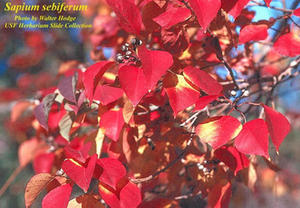
Image Courtesy: Florida Department of Agriculture and Consumer Services, Division of Plant Industry
The Chinese Tallow is a fast growing deciduous tree. It can reach heights of 30 feet and its seeds resemble popcorn, hence the colloquial name. These popcorn shaped seeds, which can be spread by animals, and the root system sprouts make it very hard to control this non-native tree. It has spread to every coastal state from North Carolina to Texas, and as far inland as Arkansas. In Florida it has been found as far south as Tampa.
The Chinese Tallow was listed in Florida as a noxious weed in 1998, which means that possession with the intent to sell, transport, or plant is illegal in the State of Florida. Unfortunately, this invasive tree is still being found in home landscapes due to its ability to reproduce rapidly, create great shade and deliver beautiful, reddish fall leaves.
So even though the Chinese tallow has great fall foliage there are too many problems that come along with it to offer a recommendation. To read more on how to control Chinese tallow check out this fact sheet from the UF IFAS Center of Aquatic and Invasive Plants.
If fall color is important, there are many native species to choose from. To learn more about non-invasive native landscape plants with fall color, check out this publication on Florida native plants. It lists the Sweetgum, a native that is capable of producing great fall color.
by Eddie Powell | Sep 9, 2013
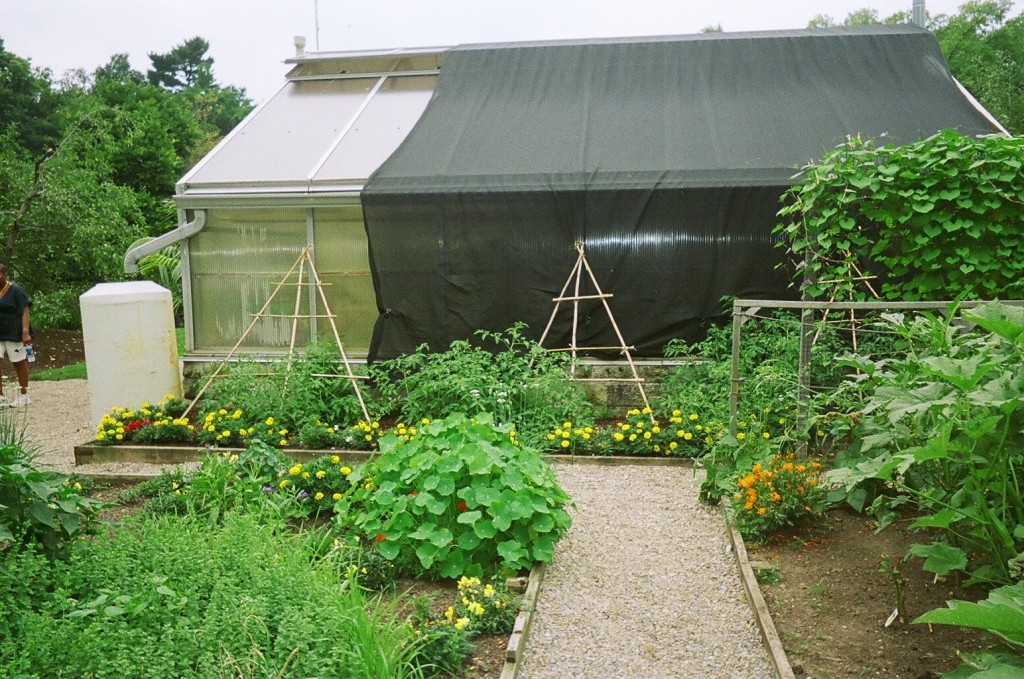
Garde and landscape edibles: Image Credit Eddie Powell
Vegetable garden placement is a crucial part of the garden planning process because proper site selection will be a determining factor in its success. Below are a few tips to assist in the placement process.
- The garden should be placed in a convenient location near the house so it will be easier to tend. It also needs to be located near a good water source
- The gardener should determine how well drained the soil is in the area and make sure that the soil is not compacted
- If it is compacted, the gardener will need to add an extra step: Tilling will be needed to lessen the compaction of the soil and help the plants’ root zone reach out into the soil to get necessary nutrients
- The garden needs to be located in an area that receives at least six hours of direct sunlight daily
- Vegetable plants may be placed in the landscape with ornamental plants
- Sites along coastal areas are also suitable places for gardens
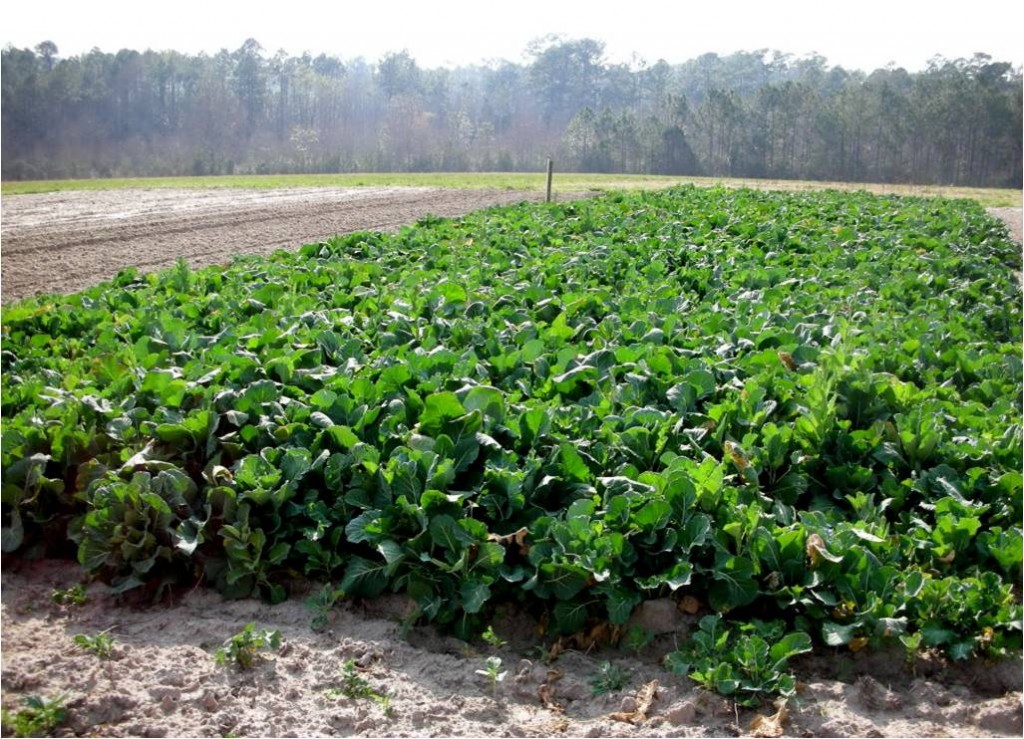
Fall Turnips: Image Credit Eddie Powell
- When possible, rotate the placement of specific vegetables from place to place to prevent soil diseases and other pests of specific crops from becoming established
- Develop a vegetable garden plan which includes the plant names, their location, and the dates they were planted
- Consult your local UF / IFAS Extension office to obtain the Florida Vegetable Gardening Guide, which lists specific planting dates, row spacing and preference of direct seeding or transplanting for most crops
- If direct seeding the garden, start seeds 4 to 6 weeks before planting date to allow time for them to grow before transplanting.
by Eddie Powell | Aug 12, 2013
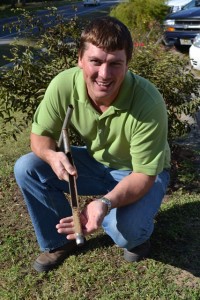
Soil Sampling Probe
Image Credit: Eddie Powell
Often, vegetable gardeners that I work with through the Walton County Extension office pose the question: Why should I take a soil sample?
I always answer that soil testing will determine whether lime and fertilizer need to be applied to the soil to support good plant growth.
Soil sampling must be done prior to the planting of crops so that it can be determined whether or not adequate levels of nutrients are present in the soil and if the pH is at the proper level for the type of crop grown. The test results of these soil samples will also indicate the amount of fertilizer that should be applied to the garden.
Keep in mind that this test only tells you the amount of fertilizer (if any) to add to the soil, and does not specify when and how often it should be applied. Such information can be gathered at your local Extension Office.
It is best to consult with your local extension agent once you have received your soil results so that he or she can advise you on the proper steps to take as to when and how to apply fertilizer and/or lime to the soil. Also, refer to this publication for tips on soil testing for the home vegetable garden.
Soil testing will save money in the long run and is the most important step that is taken in preparing garden soils for good plant growth. Remember, the fall growing season is the time to do your soil testing for the spring. Contact your Local UF/IFAS Extension Office for a soil test kit.
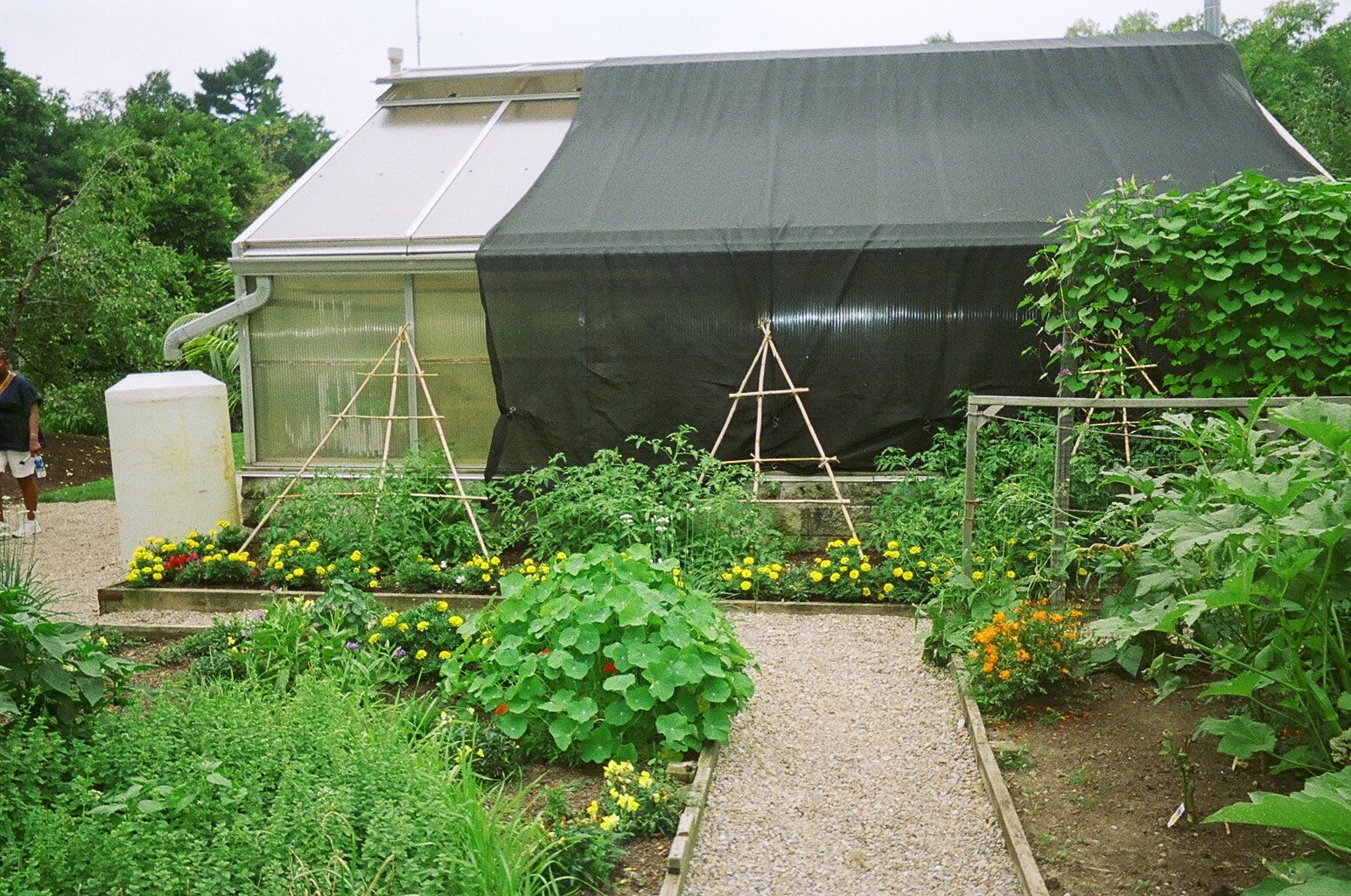
by Eddie Powell | Jul 15, 2013
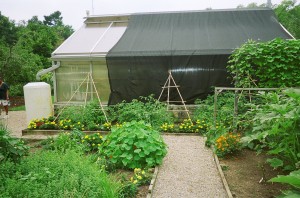
Image Credit: Eddie Powell
Before the new school year begins for the kids in your county, consider volunteering at your local school garden.
The following information has been adapted from the UF IFAS Florida school garden competition website article “Benefits of School Gardens”
School gardens offer benefits to volunteers and students that go beyond the classroom. They provide a platform for students, teachers, and members of the community to interact in an outdoor learning environment. This type of interaction creates opportunities for students to improve social skills and practice collaborative learning.
It is essential that school gardens are given proper care and maintenance. Giving students the responsibility to water and care for the plants instills in them a sense of accountability. Patience is another virtue that students practice through garden participation, as plants do not grow, flower, or fruit overnight.
As the garden grows and becomes fruitful, students will take pride in the efforts that they put forth. This pride can help bolster self-esteem and allow students to invest in the beautification of their school. In this age of urbanization, children’s contact with nature is limited. Thus, school gardens ensure student contact with the environment.
School gardens allow students to work in a non-threatening outdoor environment where they can interact and learn about nature. Studies have shown that students who are allowed to learn in an outdoor environment, such as a garden, have improved environmental attitudes.
School gardens are a wonderful and exciting way to make school subjects more interesting and meaningful. School gardens create a learning structure that allows for creative thought, active learning, and social skills. The garden is a living lab that can serve as an excellent resource to teach various subjects, while allowing students to learn in an environment that is atypical to the sterile classrooms to which most students are accustomed.
Teachers throughout the country are discovering how useful and educational gardening can be. School gardens should be used to teach practically every subject covered in an elementary school classroom. The garden is a perfect place for students to learn about plants, insects, weather, and many other science and math-related topics.
For more information on helping a local school garden programs, contact your county University of Florida / IFAS Extension Office, which should have a list of the schools in your area that are teaching gardening. Also remember to ask about the Farm to School Program, which has resources for school gardens.

by Eddie Powell | Jul 1, 2013
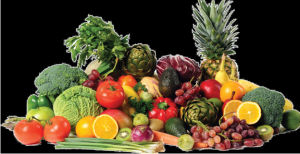
The key to eating home grown delicious vegetables, is selecting the correct time to harvest. Below are some of the easiest ways to identify the correct time to pick your most common summer veggies.
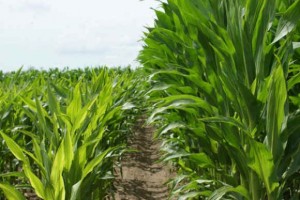
- Snap Beans: Pick them before you can see the seeds bulging. They should snap easily into two. Check daily. It doesn’t take long for beans to go from tender to tough.
- Corn: Usually 3 weeks after the silks form, they will turn dry and brown. The kernels should exude a milky substance when pricked.
- Cucumber: Cucumbers race to the harvest with zucchini. Check daily and harvest young. Timing and length will vary with variety. The fruits should be firm and smooth. Overripe cucumbers can be very bitter or pithy, even before they start to turn yellow.
- Eggplant: Slightly immature fruits taste best. The fruits should be firm and shiny. Cut rather than pull from the plant.
- Muskmelon (cantaloupes): The general rule of thumb is that the color should change to beige and the fruit will ‘slip’ from the vine when lifted. You should also be able to notice a sweet smell when ripe.
- Peas: The pea pods should look and feel full. Peas are sweeter if harvested before fully plumped. Peas really need to be tasted to determine if they are sweet enough.
- Pumpkins: Once the pumpkins have turned the expected color and the vines are starting to decline, check to make sure the skin has hardened enough that poking it with your fingernail will not crack it. You don’t want to pick your pumpkin too soon, because it will stop turning orange once its cut, but don’t leave them out if a hard frost is expected.
- Squash: Pick young and check often. The skins should be tender enough to poke your fingernail through.
- Tomatoes: Harvest tomatoes when they are fully colored and slightly soft to the touch. Gently twist and pull from the vine.
- Watermelon: The white spot on the bottom of the melon should change to a deep yellow when ripe. Some people can hear a change in the sound made when the melon is thumped with the finger. It should make a hollow sound when ripe, but this is a skill that must be developed.
For more information about projected harvest times, check out the Florida Vegetable Production Guide, published by UF / IFAS Extension. Enjoy and share your garden’s bounty, happy harvesting.









